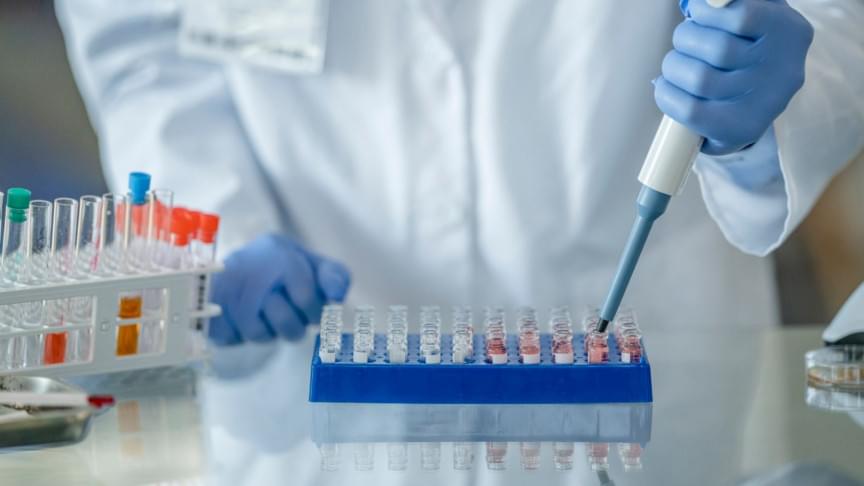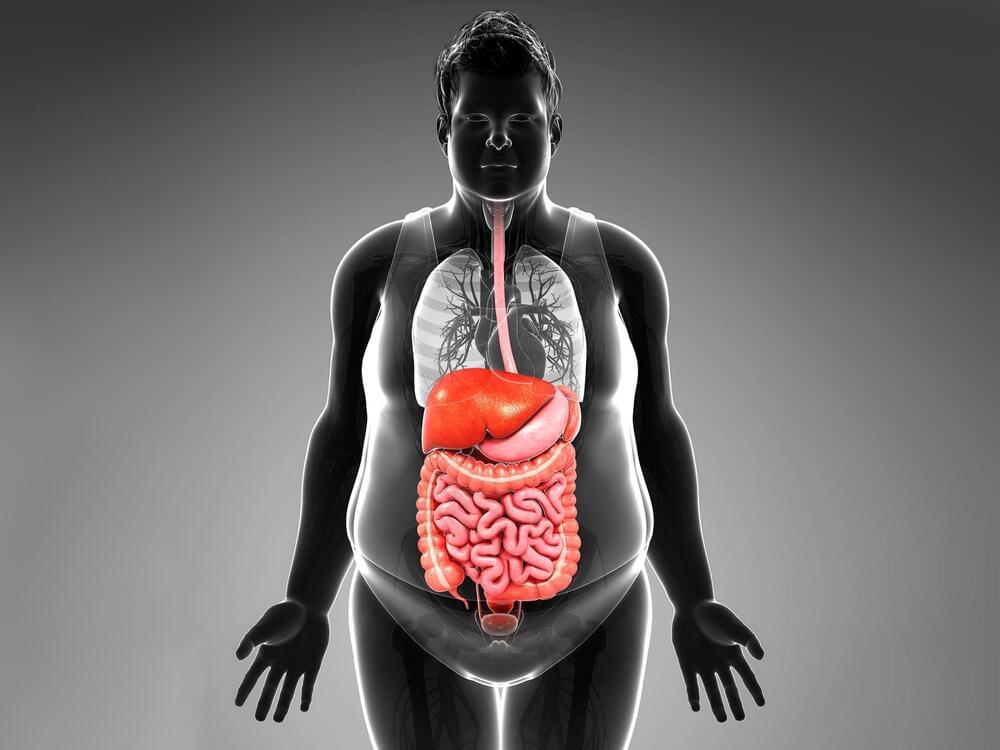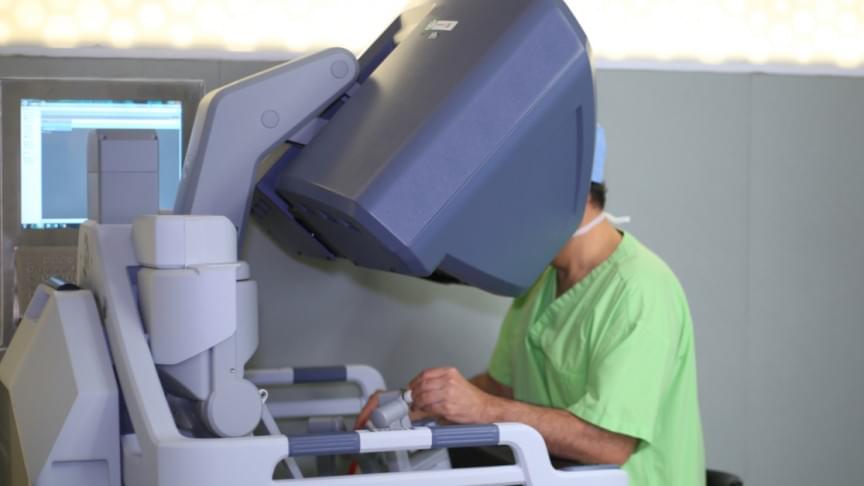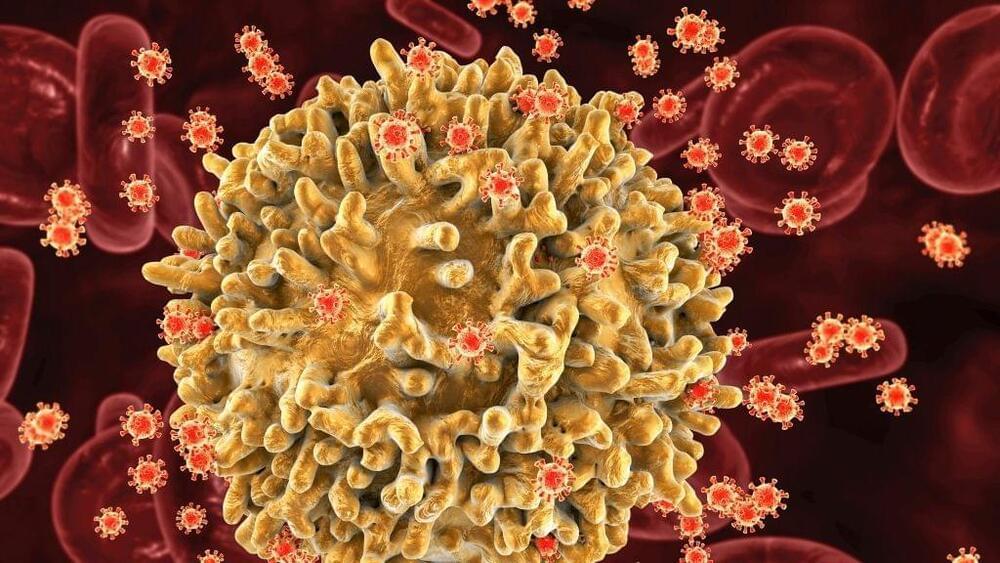A team of Juntendo University researchers tested a vaccine in mice that appeared to suppress the growth of so-called zombie cells.


This is the keynote presentation delivered to the 39th annual convention of Doctors for Disaster Preparedness in Tucson, Arizona on July 31, 2021. It is a detailed analysis of how Scientism is at the root of both Technocracy and Transhumanism, the historical case and the modern dilemma.
See also on Rumble: https://rumble.com/vkowl9-the-evil-twins-of-technocracy-and-transhumanism.html
For children suffering from rare diseases, it usually takes years to receive a diagnosis. This “diagnostic odyssey” is filled with multiple referrals and a barrage of tests, seeking to uncover the root cause behind mysterious and debilitating symptoms.
A new speed record in DNA sequencing may soon help families more quickly find answers to difficult and life-altering questions.
In just 7 hours, 18 minutes, a team of researchers at Stanford Medicine went from collecting a blood sample to offering a disease diagnosis. This unprecedented turnaround time is the result of ultra-rapid DNA sequencing technology paired with massive cloud storage and computing. This improved method of diagnosing diseases allows researchers to discover previously undocumented sources of genetic diseases, shining new light on the 6 billion letters in the human genome.

Machine learning, a form of artificial intelligence, vastly speeds up computational tasks and enables new technology in areas as broad as speech and image recognition, self-driving cars, stock market trading and medical diagnosis.
Before going to work on a given task, machine learning algorithms typically need to be trained on pre-existing data so they can learn to make fast and accurate predictions about future scenarios on their own. But what if the job is a completely new one, with no data available for training?
Now, researchers at the Department of Energy’s SLAC National Accelerator Laboratory have demonstrated that they can use machine learning to optimize the performance of particle accelerators by teaching the algorithms the basic physics principles behind accelerator operations—no prior data needed.

What exactly is Obesity?
Obesity is known to cause cardiometabolic diseases like hypertension and diabetes but attributing these diseases to merely an overabundance of fat is a simplification. On a basic level, fat acts as a receptacle to store energy, but upon a closer look it is an essential actor in vital bodily processes like the immune response, the regulation of insulin sensitivity, and maintenance of body temperature. In a review published in the journal Cell on February 3rd, 2022, researchers argue that the negative health effects of obesity stem not simply from an excess of fat but from the decline in its ability to respond to changes, or in other words, its plasticity.
The makeup and functioning of this tissue changes in response to weight fluctuations and aging. As fat declines in plasticity due to aging and obesity, it loses its ability to respond to bodily cues. In the current model of this phenomenon, the rapid growth of adipose tissue outpaces its blood supply, depriving the fat cells of oxygen and causing the accumulation of cells that no longer divide. This leads to insulin resistance, inflammation, and cell death accompanied by the uncontrolled spill of lipids from these cells.


Available treatments work equally well against the variant.
A newfound variant of HIV, the virus that causes AIDS, has been uncovered in the Netherlands and appears to cause faster disease progression compared with other versions of the virus.
The human immunodeficiency virus (HIV) infects and destroys immune cells called CD4 cells in the body, causing the number of these cells to plummet. If left untreated, the infection then progresses to AIDS. In people infected with the newfound HIV variant, called the VB variant, the CD4 counts fall at about twice the rate as those of people infected with closely related HIV strains, meaning those of the same genetic subtype (B).


Over the years, much has been said about artificial intelligence (AI) and the healthcare industry. Much of it has been focused on two extremes. On one hand, there’s the fairly mature use of neural networks for radiological analysis. On the other, there’s the focus on fraud management. Those have become “must have’s” in my perspective. It’s filling the middle ground that interests me. Medical insurance is, as patients, providers, and payors all can agree, is often convoluted and complex. There’s a business problem in making processes more efficient, and the foolishly named robotic process automation (RPA) is only a step in the right direction. More robust AI can help all three stakeholder groups address their needs in managing medical insurance. The general medical insurance industry does deal with radiology and images. However, that’s typically in specialties. In the dental industry, radiology is a regular tool, using x-rays to understand tooth and gum conditions and then to document work that has been done. The basics of AI and radiology have been covered, in this column and many other places, so this article isn’t going to cover the concepts, it’s important to realize how important that analysis is in dental care.
Full Story:
In this case, it’s increasing the accuracy and speed of dental insurance processing, resulting in better medical control, improved financial outcomes for providers and payors, and improved care and customer service for the patient.